I have witnessed multiple workshop accidents resulting from failed plastic pipes in compressed air systems. Although PP-R performs excellently in water applications, compressed air presents completely different challenges that many installers only understand after accidents occur. The safety implications are too significant to ignore.
Manufacturers do not recommend PP-R pipe for compressed air systems due to safety risks from rapid crack propagation and different failure modes compared to water systems. While PP-R can technically handle the pressures, most manufacturers explicitly prohibit compressed air applications because the material behaves differently when containing compressed gas rather than liquid, creating potential safety hazards.
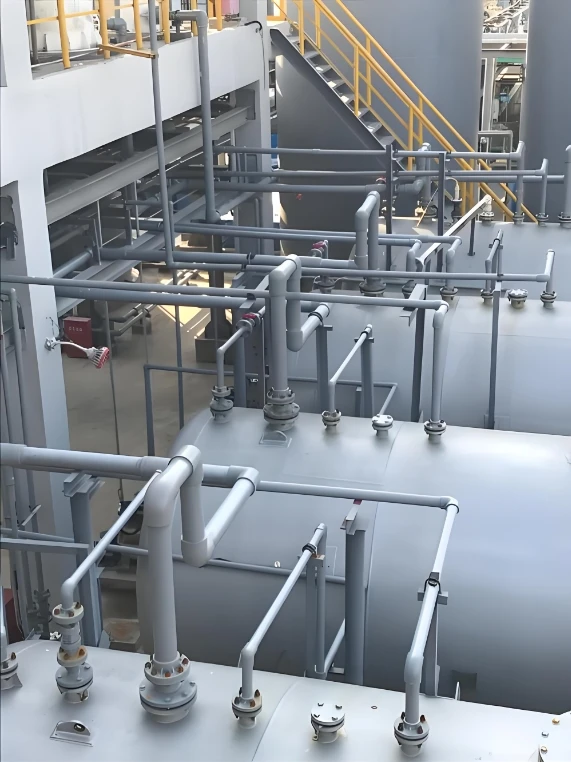
Understanding why PP-R doesn’t suit compressed air requires examining the fundamental differences between gas and liquid containment. Let’s explore the technical reasons and safer alternatives for your air systems.
What are the specific pressure ratings and safety factors for PP-R pipes?
Pressure ratings for water don’t tell the complete story for air systems. I always check manufacturer specifications carefully before considering any application.
PP-R pipes typically carry pressure ratings of 1.0-1.6 MPa (145-232 PSI) at 20°C for water systems, with safety factors of 1.25-1.5 for continuous operation. However, these ratings assume water service and don’t account for the different failure mechanisms and energy storage characteristics of compressed air systems, which require different safety considerations.
Manufacturers establish PP-R pressure ratings via long-term hydrostatic testing per ISO 9080, predicting 50-year performance with water at various temps. At 20°C, common grades like PN16 (1.0 MPa) and PN20 (1.25 MPa) suit cold water. But ratings plummet as temperature rises due to the material’s thermal properties.
Understanding Safety Factors
The safety factor approach for PP-R in water systems accounts for expected variations in material properties, installation quality, and occasional pressure surges. The minimum required strength (MRS) rating of PP-R materials (typically Class 1 or 2, corresponding to MRS 8.0 or 10.0) incorporates these safety margins. For example, a PN20 pipe with a 2.0 MPa maximum operating pressure might derate to 1.25 MPa for continuous use.
However, these safety factors don’t adequately address the risks specific to compressed air applications. The fundamental issue isn’t the steady-state pressure capability, but how the material fails when compromised. With water systems, a leak or failure typically results in gradual water release. With compressed air, the stored energy can cause explosive fragmentation that creates dangerous projectiles.
Table: PP-R Pressure Ratings for Water vs. Compressed Air Applications
| PP-R Grade | Water Pressure Rating at 20°C | Compressed Air Recommendation | Key Concerns |
|---|---|---|---|
| PN16 | 1.0 MPa (145 PSI) | Not Recommended | Rapid crack propagation risk |
| PN20 | 1.25 MPa (181 PSI) | Not Recommended | Brittle failure potential |
| PN25 | 1.6 MPa (232 PSI) | Not Recommended | Energy release hazards |
Temperature Considerations
Temperature derating for PP-R presents another critical factor. Although compressed air systems typically operate at ambient temperatures, the air itself can heat significantly during compression. If hot air (above 40°C) travels without proper cooling, the pressure rating of PP-R decreases substantially. At 60°C, most PP-R pipes derate to approximately 50% of their 20°C pressure capacity.
Most importantly, reputable PP-R manufacturers explicitly state in their technical documentation that their products lack certification or recommendation for compressed air, breathing air, or other gas applications. Using these products for compressed air typically voids warranties and may violate local plumbing codes and safety regulations.
How does compressed air affect PP-R pipe durability compared to water systems?
The failure mode differences between liquid and gas systems are dramatic. I’ve witnessed both scenarios and the compressed air failures are frightening.
Compressed air affects PP-R durability through different failure mechanisms, higher risk of rapid crack propagation, and greater consequences when failures occur. While water slowly leaks through cracks, compressed air expands rapidly, causing brittle fractures that can propagate at hundreds of meters per second through the pipe material.
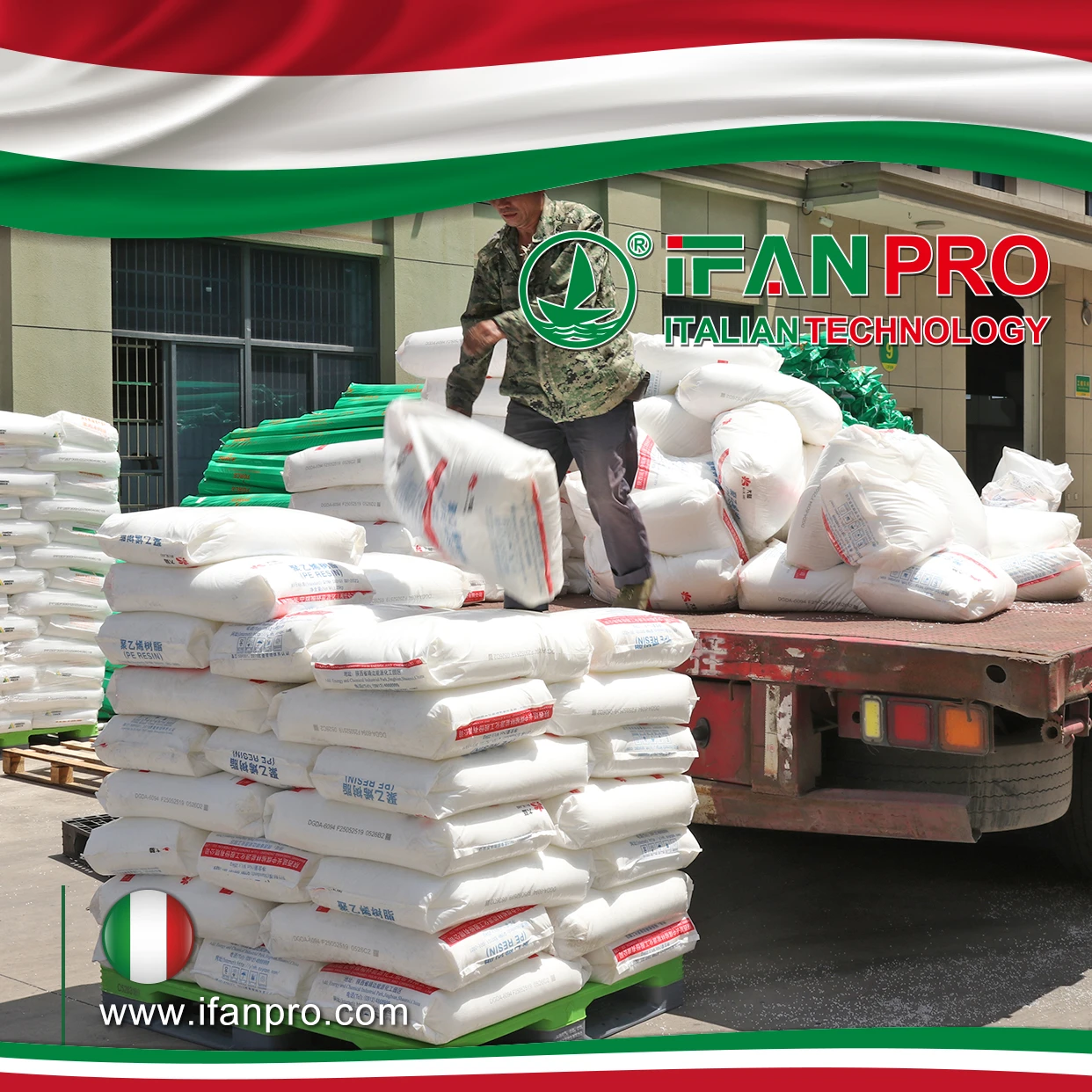
The fundamental difference lies in how the two media behave when containment is lost. Water is virtually incompressible and leaks gradually through small openings. Compressed air stores significant energy and expands violently when released, creating entirely different failure dynamics that PP-R wasn’t designed to withstand.
Rapid Crack Propagation Risks
Rapid crack propagation (RCP) presents the most significant concern with plastic pipes containing gases. When a crack initiates in a PP-R pipe containing compressed air, the stored energy can cause the crack to propagate at extremely high speeds—potentially hundreds of meters per second. This can result in long sections of pipe fracturing almost instantaneously, creating dangerous fragments and a violent pressure wave. With water systems, cracks tend to grow slowly and leak visibly long before catastrophic failure occurs.
Energy Storage Dangers
The energy storage capacity of compressed air systems creates additional hazards. A 100-foot length of 1-inch PP-R pipe containing air at 100 PSI stores enough energy to cause significant damage if released suddenly. This energy remains even when the compressor is off, meaning the system is always potentially dangerous. Water systems store minimal energy when not under pump pressure.
Material Fatigue Differences
Fatigue resistance differs between media. While PP-R handles water hammer reasonably well, the constant pressure cycling in compressed air systems (as compressors cycle on and off) creates different stress patterns. Additionally, any lubricating oil or contaminants in the compressed air can potentially affect the polymer material over time, potentially reducing impact resistance or accelerating aging.
Table: Comparison of Failure Modes in Water vs. Compressed Air Systems
| Failure Aspect | Water Systems | Compressed Air Systems |
|---|---|---|
| Initial Leak Behavior | Slow dripping, visible moisture | Rapid, often invisible air release |
| Crack Propagation | Slow, limited by water viscosity | Extremely fast, potentially catastrophic |
| Energy Release | Gradual, minimal projectile risk | Explosive, significant fragment hazard |
| Failure Detection | Visible water, easy to identify | Often undetected until catastrophic failure |
| Joint Failure Mode | Typically leaks at connection points | Can cause complete pipe rupture |
Installation and Temperature Challenges
The installation damage risk is higher with compressed air systems. Minor scratches or imperfections that might cause slow water leaks can become initiation points for rapid crack propagation in air systems. During installation, tools or handling can create surface damage that goes unnoticed but creates vulnerability points when the system pressurizes with air.
Temperature cycling presents another challenge. Compressed air systems experience significant temperature fluctuations as air compresses, cools, and then expands through the system. These thermal cycles create additional stress that differs from the relatively stable temperatures in most water applications. PP-R’s thermal expansion characteristics, while manageable in water systems, can create different challenges in air systems where supports and mounting may be designed differently.
What certifications should PP-R pipes have for compressed air applications?
The absence of certification speaks volumes about suitability. No legitimate standards exist for PP-R in compressed air because manufacturers don’t approve this application.
PP-R pipes carry no specific certifications for compressed air applications because international standards and manufacturers explicitly limit their use to water systems. Legitimate compressed air piping requires materials certified under standards like ISO 10380 for metallic systems or specific approvals for reinforced plastics designed for industrial air service.
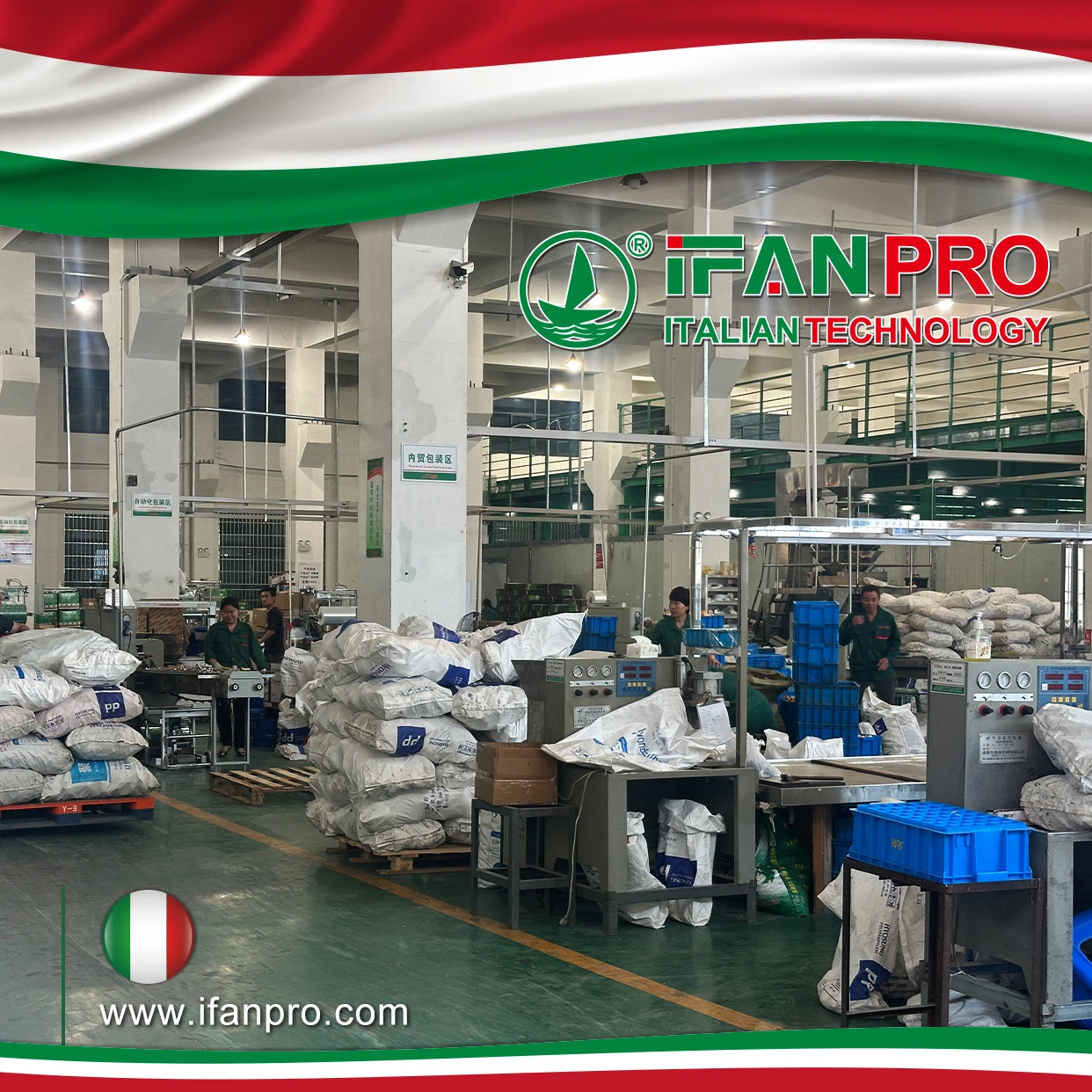
The certification landscape clearly demonstrates why PP-R is inappropriate for compressed air. Reputable standards organizations and manufacturers are explicit about the limitations, and understanding these restrictions is crucial for system safety.
Understanding Applicable Standards
The primary standards for PP-R pipes—ISO 15874 and regional equivalents like ASTM F2389—specifically address cold and hot water plumbing systems. These standards don’t include testing protocols or performance requirements for gas or compressed air service. The product certifications based on these standards (including NSF/ANSI 61 for drinking water safety) only validate performance for water applications.
For compressed air systems, completely different standards apply. ISO 10380 covers corrugated stainless steel tubes for gas installations, while various national standards address specific compressed air applications. In the United States, ASME B31.3 for process piping includes requirements for compressed air systems, typically specifying metallic materials or specially engineered plastics. The Compressed Air and Gas Institute (CAGI) provides guidelines that generally recommend against standard PP-R for air service.
Manufacturer Specifications and Limitations
Manufacturers’ technical data sheets tell a clear story. Reputable PP-R producers like GF Piping Systems, Aquatherm, and other major brands explicitly state in their documentation that their PP-R products are not intended for compressed air, breathing air, or other gas applications. Using these products for compressed air typically voids all warranties and represents misuse of the product.
Table: Certification Comparison for Different Piping Applications
| Application | Appropriate Material Standards | PP-R Status |
|---|---|---|
| Potable Water | ISO 15874, NSF/ANSI 61 | Fully certified and approved |
| Heating Systems | ISO 15874, EN ISO 15875 | Approved for closed-loop hydronic systems |
| Compressed Air | ISO 10380, ASME B31.3 | Not certified, not recommended |
| Industrial Gases | Various national gas codes | Explicitly prohibited |
Liability and Specialized Alternatives
Liability considerations become significant when using non-recommended materials. If a PP-R compressed air system fails and causes injury or damage, the installer assumes full responsibility since they used the product outside its intended application and against manufacturer recommendations. Insurance companies may deny claims related to such failures, citing improper installation practices.
Some specialized reinforced plastic pipes do carry certifications for compressed air service. These products typically feature aluminum or composite reinforcement layers and undergo specific engineering and testing for gas containment. They carry distinct certifications and markings that differentiate them from standard water-grade PP-R pipes. These specialized systems represent the appropriate choice when considering plastic materials for compressed air.
Which pipe materials are specifically designed for compressed air systems?
Several materials outperform PP-R for air systems while maintaining safety. I always recommend these proven alternatives.
Compressed air systems should use materials specifically designed for gas service, including galvanized steel, copper, aluminum, or specially engineered plastics like PA (nylon) or reinforced composite pipes. These materials accommodate the unique demands of compressed air, including rapid crack resistance, appropriate pressure ratings, and safety-certified jointing methods.
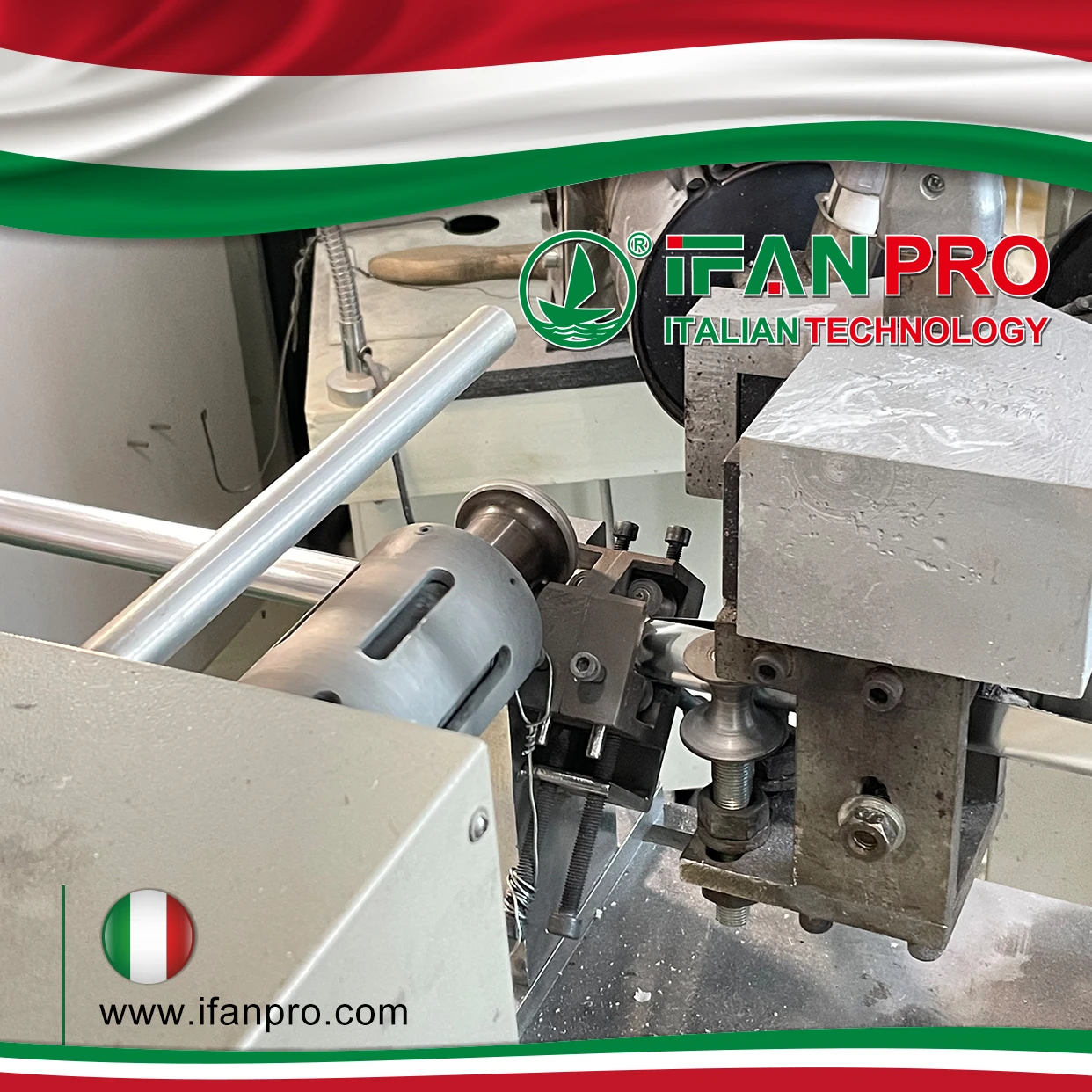
Choosing the right material for compressed air involves considering pressure requirements, installation environment, air quality needs, and safety factors. Several well-established options provide reliable, safe performance when properly installed.
Traditional Metallic Options
Galvanized steel represents the traditional standard for compressed air systems. The material offers excellent durability, high pressure capability, and natural resistance to rapid crack propagation. The threaded joint system, when properly sealed with appropriate thread compounds, creates robust connections suitable for gas service. The main drawbacks include corrosion potential (particularly if moisture isn’t properly removed), weight, and installation labor requirements.
Copper piping provides excellent corrosion resistance and is widely accepted for compressed air applications. Type L or Type M hard copper tubing with brazed or soldered joints creates durable, leak-resistant systems. Copper doesn’t rust, handles typical compressed air temperatures well, and has a long service history. The higher material cost and specialized joining requirements are the primary limitations.
Modern Aluminum Systems
Aluminum piping systems have gained significant popularity for compressed air in recent decades. Specifically engineered for air service, these systems feature lightweight corrosion-resistant pipes with push-to-connect or compression fittings designed for easy installation. Aluminum won’t rust, and specialized systems like Prevost, Rapidair, and Transair offer complete engineered solutions with integrated drop connections and moisture drains.
Table: Compressed Air Pipe Material Comparison
| Material Type | Pressure Capacity | Installation | Best Applications |
|---|---|---|---|
| Galvanized Steel | High (200+ PSI) | Threaded, requires skilled labor | Industrial plants, high-pressure systems |
| Copper | Medium-High (150-200 PSI) | Brazed/soldered, skilled labor | Clean environments, corrosion concerns |
| Aluminum Systems | Medium (150-175 PSI) | Push-fit, relatively easy | Workshops, manufacturing, retrofit |
| Engineered Plastics | Medium (100-150 PSI) | Various methods | Limited space, corrosion resistance |
Engineered Plastic Alternatives
Engineered plastic systems specifically designed for compressed air provide another alternative. These aren’t standard PP-R, but specialized materials like nylon (PA), acetyl, or composite-reinforced plastics that undergo specific testing and certification for air service. Brands like John Guest and Parker offer plastic compression systems rated for compressed air, but these typically have lower pressure ratings and may require more supports than metallic alternatives.
Selection Criteria
The selection criteria should include your specific requirements:
- Pressure needs: Match the material to your operating pressure with appropriate safety margin
- Air quality: Copper and aluminum maintain air purity better than corroded steel
- Installation environment: Corrosive environments favor non-ferrous materials
- Future modifications: Aluminum and plastic systems offer easier expansion
- Moisture management: All materials require proper drip legs and drainage
For most applications, I recommend aluminum compressed air systems for new installations due to their balance of corrosion resistance, reasonable cost, and relatively straightforward installation. The specialized fittings and integrated components designed specifically for compressed air service provide reliability and safety that repurposed water piping materials cannot match.
Conclusion
PP-R pipe is not safe for compressed air systems due to different failure mechanisms, lack of appropriate certifications, and manufacturer prohibitions. The risks of rapid crack propagation and violent failure outweigh any potential cost or installation advantages. Always select materials specifically engineered and certified for compressed air applications to ensure system safety and reliability. The minimal savings from using inappropriate materials never justify the safety risks involved.

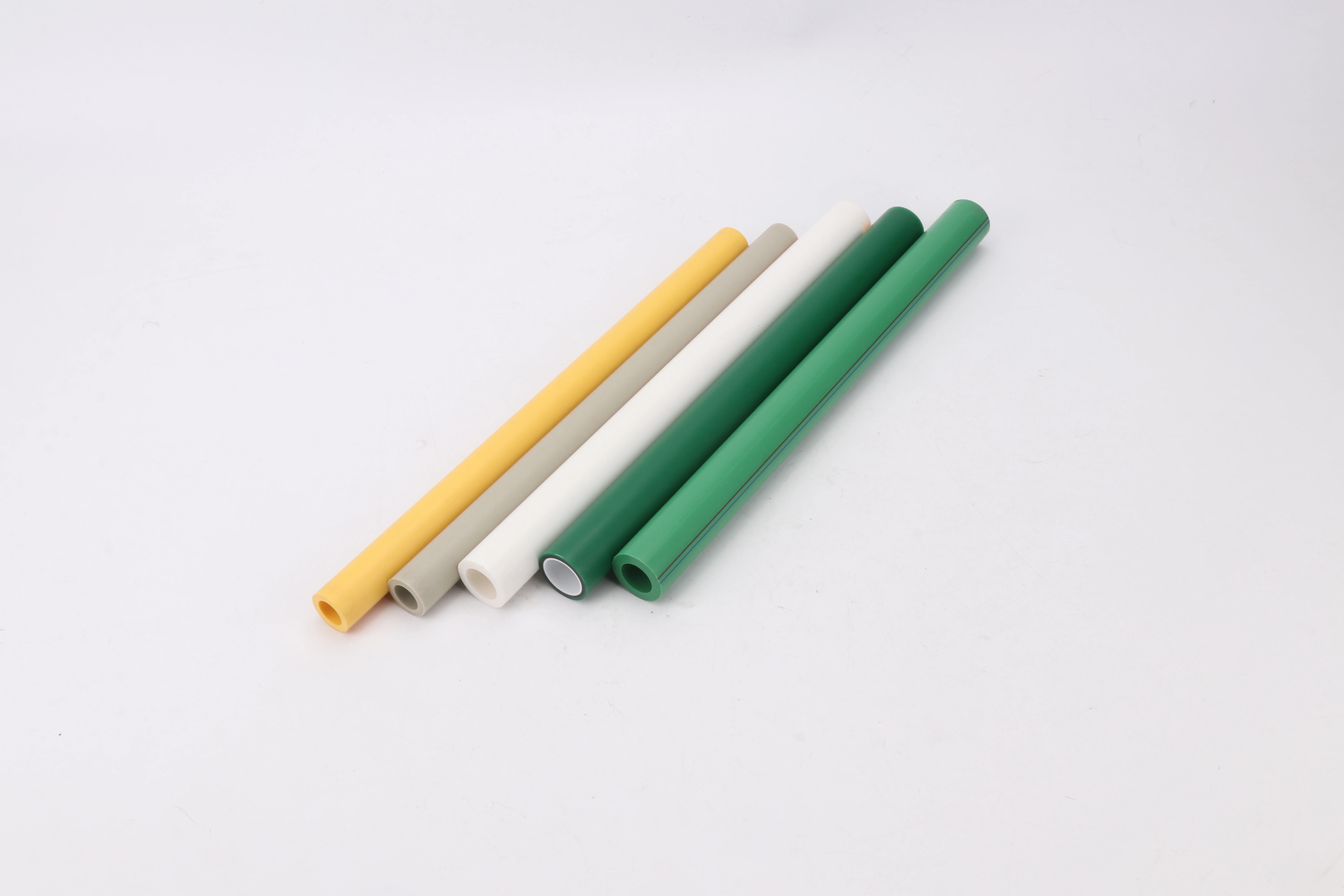

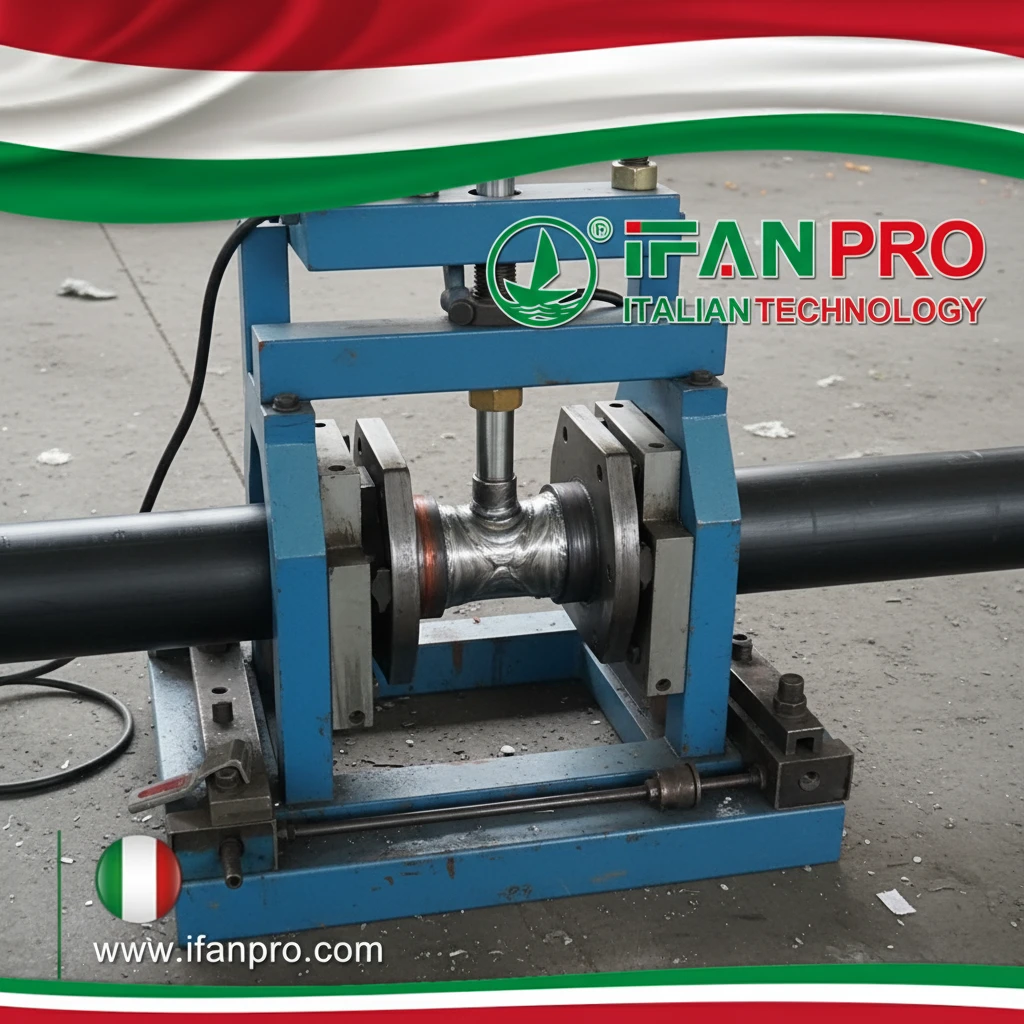
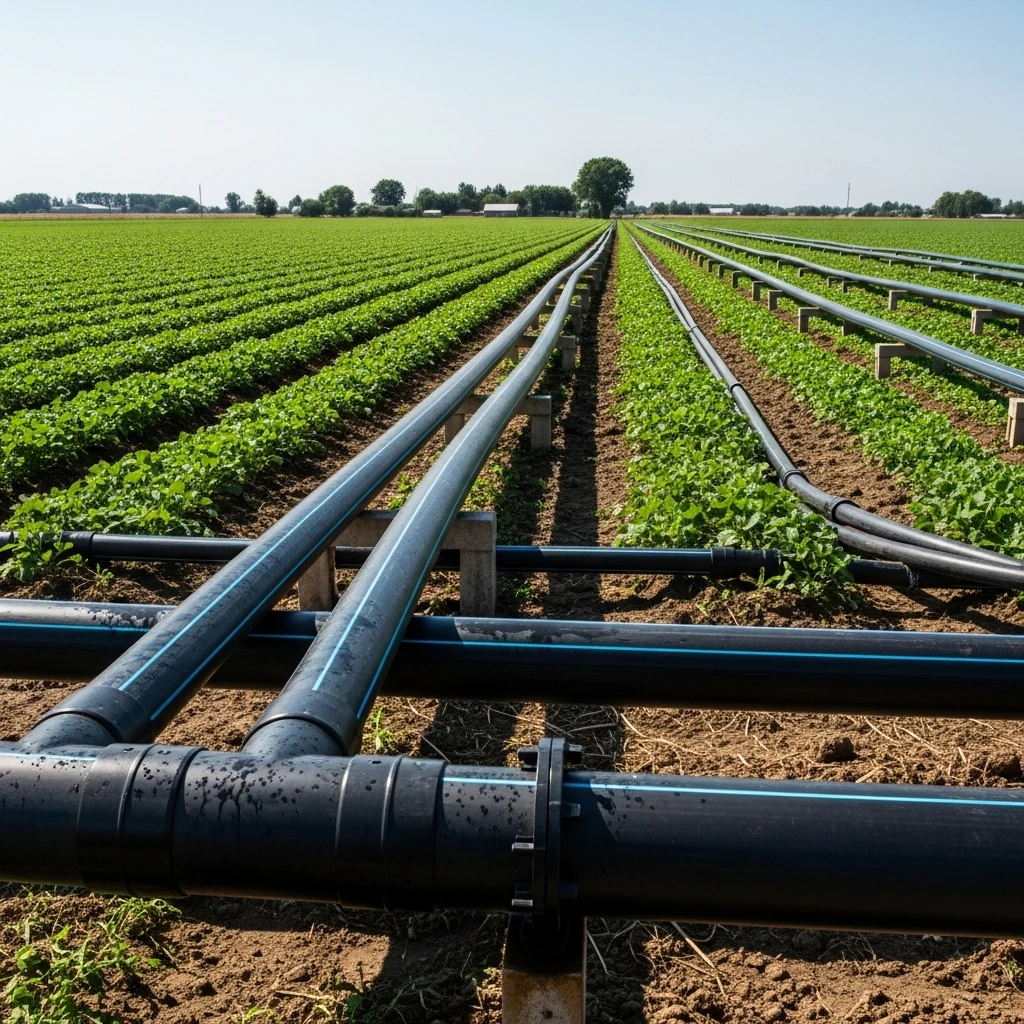









Recent Comments